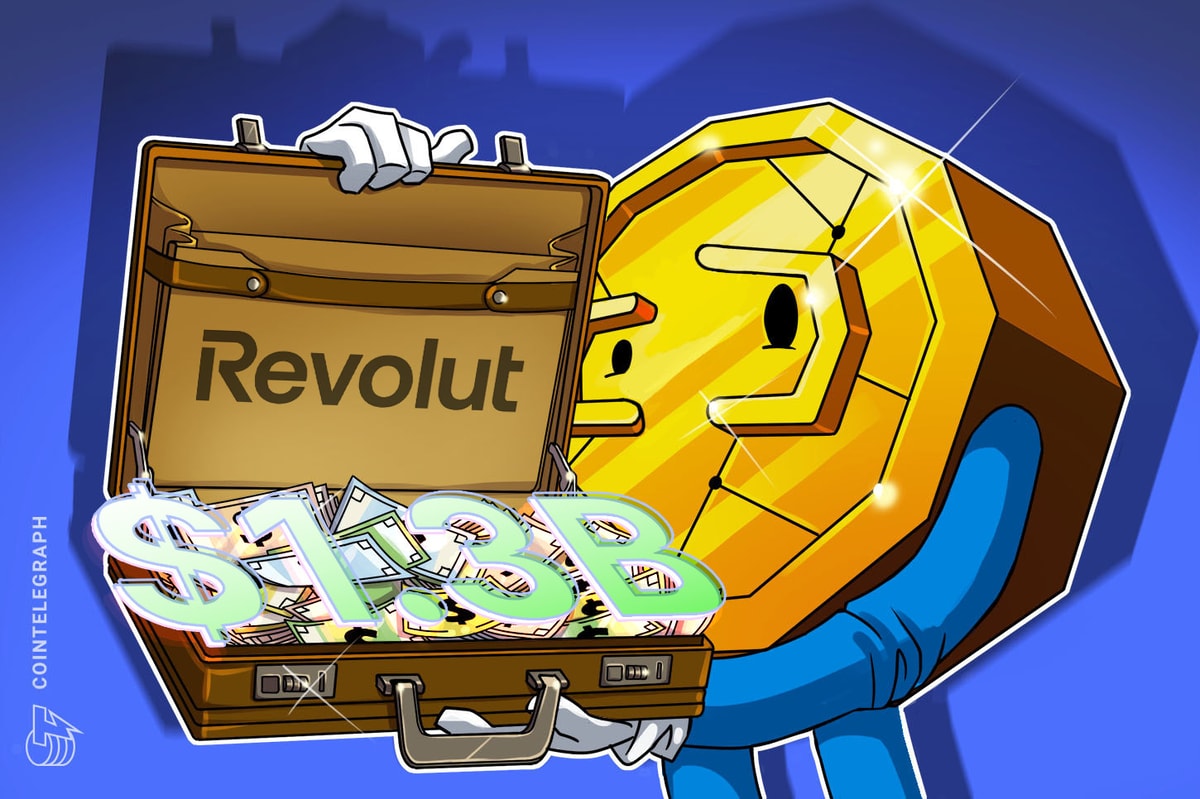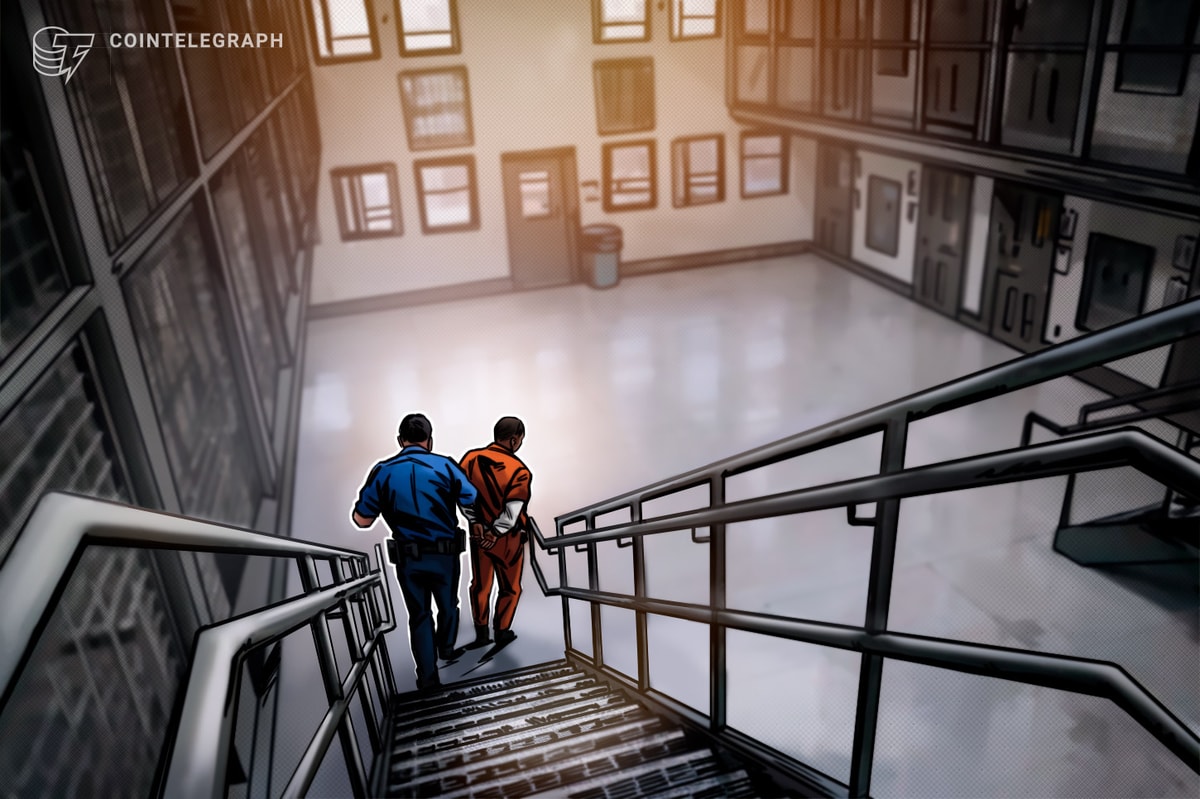
High Fidelity is announcing the launch of Avatar Island, a VR domain where High Fidelity users can purchase items for their avatars, all contributed by digital artists from around the world.
High Fidelity is a next-generation platform for Virtual Reality (VR) worlds developed by Philip Rosedale, the creator of the once very popular Second Life. In September 2017, the company announced that it was developing a blockchain for intellectual property protection and an in-game cryptocurrency.
“I’ve been looking at blockchain technology since Second Life, as the Linden dollar was one of the first digital goods currencies,” said Rosedale. “At the time that Bitcoin came out, I was thinking a lot about how we could generalize what we did at Second Life. I didn’t have all of the ideas, but in the last few quarters we have been building the backend system to make all of this work.”
Different sorts of VR items, such as custom wearables for avatars (which were and still are very successful in the Second Life marketplace) will be sold and bought in Avatar Island through a new cryptocurrency running on a blockchain, which will also track the history and ownership of each item.
“[This] is the first beta release of the commerce system, which is a cryptocurrency-based content protection and payment system,” said Rosedale in the High Fidelity forum. “[Behind] the scenes, the currency is actually stored on a ‘blockchain’ very similar to Bitcoin but supporting a higher transaction rate and lower fees. This blockchain also stores the PoP [Proof of Provenance] information for digital goods, meaning that both your currency and your digital property will exist in a public database and cannot be altered.”
Contrary to Second Life, where the only option available to external operators was to host their VR worlds on servers operated by Second Life developer Linden Lab, High Fidelity allows developers to host VR worlds independently. In November 2017, High Fidelity released an update that allows developers to rapidly deploy High Fidelity VR domains to the cloud, in collaboration with DigitalOcean. The distributed nature of the upcoming High Fidelity VR network calls for full interoperability between different servers, including network-wide recognition of ownership rights.
High Fidelity’s Digital Asset Registry (DAR), is a decentralized, publicly auditable ledger that serves as a record of transactions made by High Fidelity users. Each item is uniquely identified with a digital fingerprint (a hash algorithm) and can be purchased using High Fidelity’s blockchain-based cryptocurrency, the High Fidelity Coin (HFC). The DAR includes tamper-proof PoP services for any asset’s chain of ownership, its characteristics and its entire history, from certification onward.
This approach is designed to solve the theft and counterfeiting problems that plagued Second Life. At the apex of Rosedale’s first VR world’s popularity, thousands of independent developers around the world made a living designing and selling virtual items, and the need for more solid anti-piracy measures was widely felt.
According to High Fidelity, the Bitcoin and Ethereum blockchains have limited throughput (transactions per second) and high transaction fees, which makes them unsuitable for HFC. Therefore, Rosedale’s team opted for a new, public but “permissioned” blockchain.
In a promotional video that predicts a booming future for the VR sector, with a billion users, 50 million servers and a trillion dollar economy, Rosedale explains the design and implementation criteria for High Fidelity’s blockchain.
“As of today, the blockchain is one node using the [Elements] codebase from Blockstream,” said Rosedale. “We4’re going to federate it to a managed group of blocksigners and also provide a block explorer and a full read-only node as well, so that we have many backups of the blockchain. This is similar to the [DPoS] (Delegated Proof of Stake) model being used by [EOS] and others for upcoming public blockchains.”
For now, the High Fidelity Commerce system is in closed beta, and High Fidelity is giving HFCs to anyone interested in participating in the beta. Eventually, HFC will be traded on public exchanges like other cryptocurrencies.
“In the coming weeks and months, we will be attaching the HFC blockchain in several ways to the major cryptocurrency networks to enable you to freely trade HFC for other currencies like Bitcoin or Ether, or to use exchange markets to convert it back to real-world currency if you like,” said Rosedale. Considering high price volatility as a roadblock, High Fidelity will try and stabilize the value of HFC at 100 HFC = $1 USD.
Before getting too excited and rushing to buy HFC, it’s worth bearing in mind that Second Life never achieved mass-market appeal, and that could become the fate of High Fidelity as well. However, it can be argued that Second Life was launched too early, and modern VR interfaces, like the headsets and hand controllers developed by Facebook’s Oculus VR, could be the game changer that will permit High Fidelity to succeed where Second Life failed. As always, time will tell.
Crytek
Another VR game developer and technology provider, Crytek, is announcing a partnership with cryptocurrency startup Crycash to create a new cryptocurrency for gamers. Crytek is the maker of the high-performance game development platform CryEngine and publisher of many highly realistic VR games that are popular among hardcore gamers.
“The Crycash ecosystem solves two problems at once: it gives gamers a way to monetize game time by completing in-game tasks, set by game developers, while providing developers with decentralized sales options for games and other virtual items,” said Crycash CEO Wachtang Budagaschwili. “Crycash will consist of four major components: Plink, a communications app for gamers and Crycash wallet; an advertising platform; an eSports platform for gaming tournaments and other events; and a virtual asset marketplace.”
“We see a lot of potential in the Crycash concept, and we were impressed by the Crycash team’s innovative approach to creating practical products and tools for gamers,” said Crytek Managing Director Faruk Yerli.
Crycash will hold a token sale from December 12, 2017, to January 15, 2018, and add Crycash payment options to games from Crytek and other developers.










